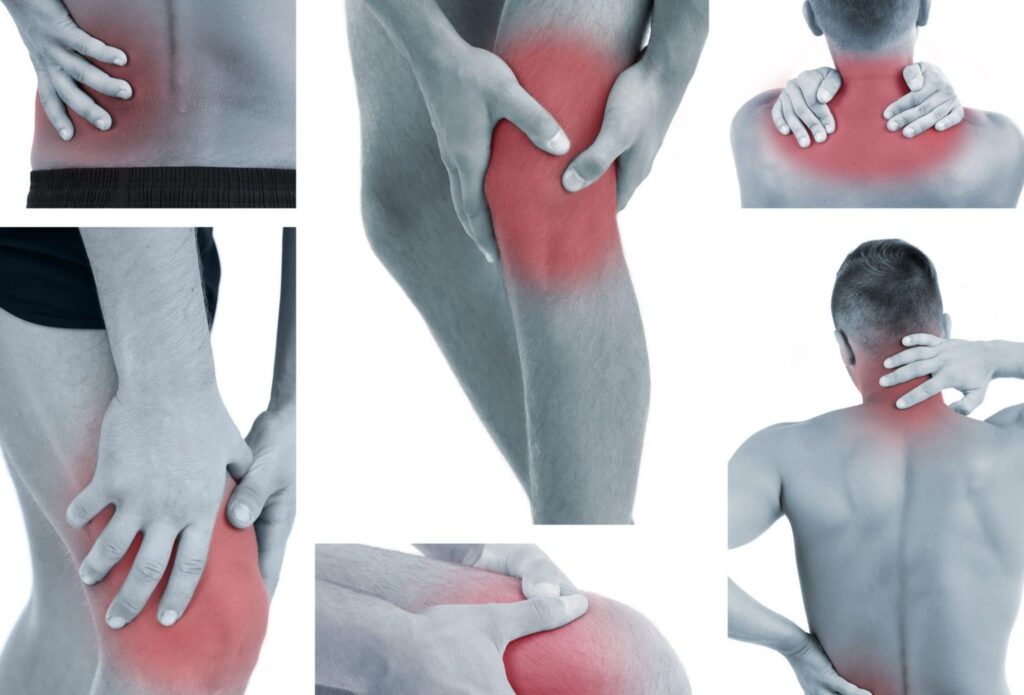When the Weight Weighs You Down: The Hidden Link Between Obesity and Osteoarthritis
We often talk about obesity in the context of heart disease, diabetes, or high blood pressure. But one of its lesser-known — yet deeply impactful — consequences is osteoarthritis, a degenerative joint condition that affects millions globally. The good news? Raising awareness is the first step toward prevention and better joint health.
Osteoarthritis (OA) is a condition where the protective cartilage that cushions your joints wears down over time. This leads to pain, stiffness, swelling, and difficulty in movement — often making daily tasks feel like uphill battles. While aging and genetics play a role, obesity has emerged as one of the leading modifiable risk factors.
But why is excess weight such a big deal for our joints?
Let’s break it down: for every extra kilogram of body weight, the knees experience around four kilograms of pressure. So, gaining just 5 kg means your knees are bearing an additional 20 kg of force with every step you take. Over time, this constant strain wears down the cartilage, leading to painful inflammation and limited mobility.
Yet, there’s more to the story than just mechanical pressure. Fat tissue isn’t inactive — it produces inflammatory chemicals called cytokines that can speed up cartilage breakdown, even in joints that don’t bear much weight, like your fingers. This makes obesity a double-edged sword — it physically burdens your joints and chemically promotes joint degeneration.
But here’s where things turn hopeful.
The progression of osteoarthritis can often be slowed — and symptoms significantly improved — through lifestyle changes. Even a small reduction in body weight can lead to noticeable relief in joint pain. Studies show that losing just 5-10% of your body weight can reduce knee pain and improve joint function.
So, what can you do?
•Move More: Gentle, low-impact activities like walking, swimming, and cycling can strengthen muscles around joints and reduce pain.
•Eat Mindfully: Focus on a balanced diet with anti-inflammatory foods — think fresh fruits, vegetables, whole grains, and healthy fats.
•Stay Consistent: Sustainable changes always beat quick fixes. Small steps every day can lead to big results over time.
•Listen to Your Body: Don’t ignore persistent joint pain — early detection and management can make a big difference.
Your joints are built to carry you through life — not to carry the weight of unhealthy habits. Take that first step toward a lighter, freer, and pain-free tomorrow.







